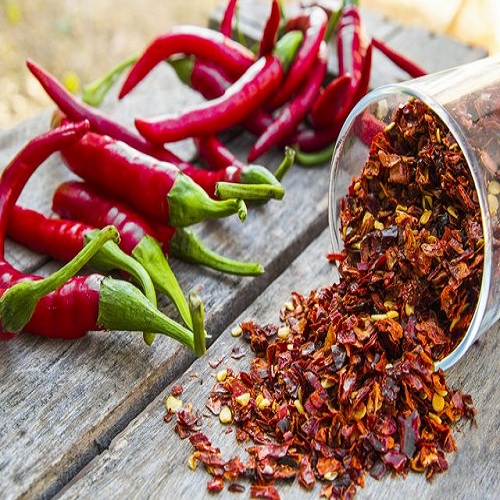You may save money and eat better all year round by canning your own produce. In addition to saving money on groceries, storing food allows you to reduce your consumption of artificial preservatives. What about the flavor? It just cannot be equaled by anything processed in a can or packet – and bought at a store!
When it comes to food preservation, you don’t need a garden. As the harvest season ramps up, local farms and farmers’ markets are overflowing with fresh vegetables. Despite the fact that it isn’t your own, the food is still local, fresh, and usually cheaper.
When it comes to preserving food, you may discover that the best results come from combining different methods such as drying, canning, and freezing.
Canning

Canning is one of the most practical, economical, and space-saving methods of preserving garden produce.
To name a few of the many products you can preserve in your canning facility: sweet corn; green beans; roasted red peppers; tomatoes; tomato juice; pizza sauce; jams; and more. Because canned goods may be stored without the need for energy, they are fantastic and useful.
When it comes to canning, we recommend the pressure canner. Preserving the harvest in a way that is both safe and rapid is a huge aid. Today’s pressure canners, on the other hand, are very different from the ones of the past. They’re secure and a breeze to work with.
Freezing

With it, you can securely freeze a wide variety of vegetable pouches, from corn to green beans to onion, pepper, and pea pod pouches used in stir-fries. Having these on available throughout the year is a huge convenience.
“Frozen Bricks,” on the other hand, are a lifesaver in the freezer. You may prepare “bricks” of pasta sauce or homemade soup whenever you want and store them in the freezer.
These “bricks” are ideal for quick dinners at any time. In around 10 minutes, the soup can be thawed in a pan on the stovetop. And they fit in such a small space! Before putting them in the freezer, we first ladle and cool the mixture in a flat plastic quart container. The food saver is then used to keep the food fresh and ready to eat once it has been frozen.
They stack neatly in the deep freezer once they’ve been placed in food saver bags. A large pot of home-made chili, tomato soup, or vegetable soup from the garden can provide enough food for 8–10 meals.
Drying

Nothing beats the convenience and low cost of drying food when it comes to food storage. It is possible to freeze or preserve a number of crops such as garlic, potatoes, and onions so that they can be used throughout the year.
Additionally, you can dry and grind your own hot peppers and garlic to manufacture your own dried hot pepper flakes, taco seasoning, chili spice, chipotle peppers, garlic powder, and more. It’s so simple, and the flavor is out of this world!
Enjoy preserving this year’s garden harvest!

